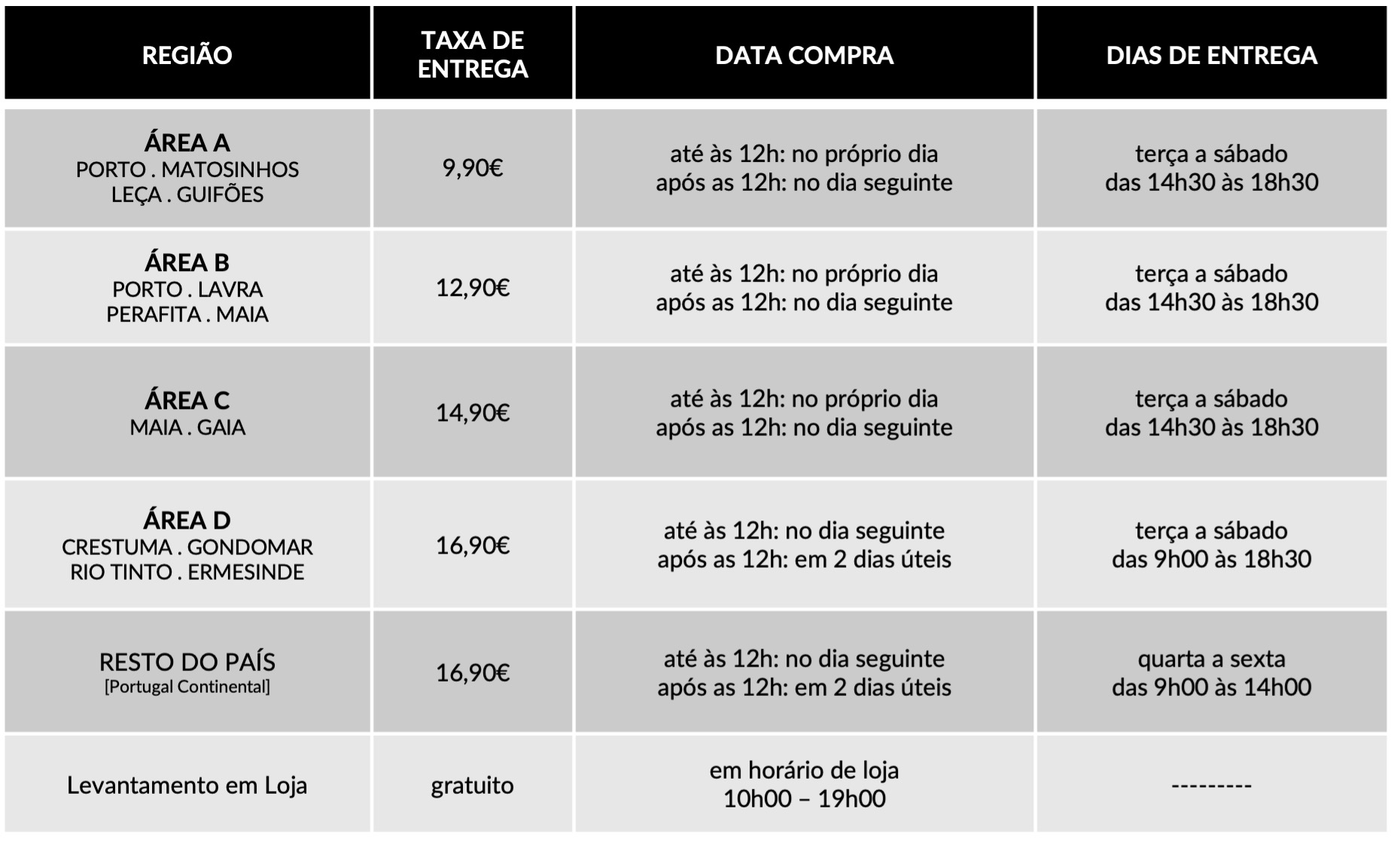Privacy Overview
| Cookie | Duração | Descrição |
|---|---|---|
| cookielawinfo-checkbox-analytics | 11 months | This cookie is set by GDPR Cookie Consent plugin. The cookie is used to store the user consent for the cookies in the category "Analytics". |
| cookielawinfo-checkbox-functional | 11 months | The cookie is set by GDPR cookie consent to record the user consent for the cookies in the category "Functional". |
| cookielawinfo-checkbox-necessary | 11 months | This cookie is set by GDPR Cookie Consent plugin. The cookies is used to store the user consent for the cookies in the category "Necessary". |
| cookielawinfo-checkbox-others | 11 months | This cookie is set by GDPR Cookie Consent plugin. The cookie is used to store the user consent for the cookies in the category "Other. |
| cookielawinfo-checkbox-performance | 11 months | This cookie is set by GDPR Cookie Consent plugin. The cookie is used to store the user consent for the cookies in the category "Performance". |
| viewed_cookie_policy | 11 months | The cookie is set by the GDPR Cookie Consent plugin and is used to store whether or not user has consented to the use of cookies. It does not store any personal data. |

Dedicamos toda a atenção na manutenção e preservação das nossas Flores, garantindo que cheguem ao nosso cliente com toda a frescura, qualidade e beleza. Disponibilizamos várias soluções de manutenção e embalamentos adequando sempre a cada necessidade e contexto da entrega.
Pode incluir na sua oferta uma mensagem personalizada que irá ser reproduzida por nós. No processo da compra online basta preencher o campo ”dedicatória” e escrever a mensagem pretendida.
Valorizamos e priorizamos a qualidade dos serviços e dos nossos produtos. Todas as flores disponibilizadas nos ramos e arranjos disponíveis na loja online são frescas e estão em condições de servir o destinatário.
Caso haja alguma insatisfação por parte do cliente, recomendamos que utilize os nossos canais de comunicação para que possamos analisar a questão.
As fotografias são ilustrativas, quer isto dizer que não garantimos a 100% a sua fieldade com a realidade.
As fotografias devem ser interpretadas como uma base de modelo ou de estética onde as alterações estão sujeitas ao stock da flor e ao trabalho humano de cada florista. Note-se que algumas flores são sazonais e não estão disponíveis todo o ano. Como tal, serão necessárias fazer adaptações consoante a época e o stock da flor.
Para casos onde as alterações sejam extremamente notórias, contactaremos o cliente para ajustar a melhor solução.
Não cancelamos nem alteramos encomendas se esta já se encontrar em fase de curso, ou seja, se já tiver saído da loja e em fase de transporte.
Se a encomenda se encontrar no estado inicial, de processo, é possível alterar e cancelar a encomenda e reaver o seu dinheiro.
Caso não havendo outra referência dada pelo utilizador (por exemplo: deixar no porteiro, na loja x, à pessoa y) o utilizador será contactado de imediato para ficar ao corrente da situação e, à falta de alternativas, a encomenda voltará para a Terrárea, Caso seja reagendada uma nova entrega será cobrada novamente taxa de entrega.
Sublinhamos a importância dos dados fornecidos pelo utilizador estarem correctos e claros. Há sempre a possibilidade do utilizador acrescentar um ponto de referência e outras informações para que não hajam quaisquer dúvidas no acto da entrega garantindo, assim, a qualidade do serviço.
Lamentamos mas não podemos facultar essa informação, se o cliente que realizou a encomenda não pretender.
Estamos abertos a alterações embora estas estejam sempre condicionadas pelo tipo de pedido do utilizador, stock em loja e conceito estético. Nestes casos sugerimos o contacto telefónico ou por email.
Queremos satisfazer todos os nossos clientes e oferecer o nosso melhor serviço. Agradecemos, por isso, todas as opiniões e sugestões para podermos encontrar soluções às suas necessidades! Contacte-nos a partir dos seguintes meios: via email info@terrarea.pt ou telefone 223 170 414
You can see how this popup was set up in our step-by-step guide: https://wppopupmaker.com/guides/auto-opening-announcement-popups/

Ao subscrever a newsletter aceito o tratamento de dados pessoais segundo as políticas de privacidade.
SIGA-NOS EM
CONTACTOS
223 170 414
(Chamada para a rede fixa nacional)
INFO@TERRAREA.PT
COMERCIAL@TERRAREA.PT


Getting Real About Leverage: Futures, Margin, and Yield Farming for Centralized Traders
Okay, so check this out—leverage is addicting. Wow! It makes tiny price moves feel like a jackpot. But here’s the thing. the very same math that turns 1% into 20% can wipe you clean in a heartbeat. Seriously? Yes. My gut still tightens when a stop doesn’t fill and the liquidation price slides past your last hope.
First impressions are visceral. You feel powerful. You feel clever. Then the market proves you wrong. Initially I thought leverage was just a tool for scaling up winners, but then realized most traders treat it like a steroid—more heroic than strategic. On one hand, futures let you express macro views with precision, though actually the edge comes from risk control and position sizing, not sheer leverage.
Futures trading is freedom wrapped with deadlines. You can short, long, and use expiry mechanics to your favor. Medium-term trends play out, and derivatives let you amplify convictions. But remember: funding rates, slippage, and exchange margins matter. Example—if funding flips during a squeeze, your carry costs can kill nominal gains. I’m biased, but I prefer smaller position sizes and active monitoring; call me cautious. (Oh, and by the way… having a plan for black-swan sessions is non-negotiable.)
Margin trading—borrowing with consequences
Margin feels simpler than futures, at least conceptually. You borrow to buy more of an asset. Short-term rallies are your friend. Long-term adverse moves are not. Hmm… my instinct said margin was riskier until I ran simulations that showed how liquidation thresholds behave under different vol regimes.
Leverage increases volatility of returns, obviously. So match margin use to your risk budget and trading horizon. Use cross margin only if you really understand how positions interact, and use isolated margin when you want clear, contained risk. Seriously—use isolated for risky bets. Trade rules vary across exchanges, and order types can differ. Learn the specifics of your platform.
Here’s a practical note: slippage and liquidity depth change by hour and asset. Don’t assume you can exit a 100 BTC position at the posted book price during a flash rally. Liquidity is fleeting, markets are crowd-driven, and the headline price is often a mirage when momentum picks up.
Yield farming—yield with nuance
Yield farming used to feel like a new gold rush. Yield obviously sounds great. But yield is not risk-free. The nominal APY can hide impermanent loss, smart contract risk, and protocol incentives that decay. If you’re farming stablecoin pairs on centralized platforms, check peg dynamics and withdrawal windows closely. I’m not 100% sure on every protocol nuance, but I’ve seen yield collapse faster than you can say “rebase.”
On centralized exchanges you’ll often find farming-like products packaged as staking or savings. They promise convenience and custodial simplicity. Convenient, yes. Safer? Not necessarily. Custody risk shifts technical complexity away from you, but it concentrates counterparty risk. I’m inclined to trust reputable, audited exchanges, although audits are not guarantees—just steps in risk reduction.
Check incentives before committing. A high APY offered to attract volume might evaporate. Sometimes, rewards are paid in governance tokens that have poor liquidity—so your realized yield could be much lower. Thought evolution matters here: at first glance you might chase the biggest number, but then you realize liquidity and tokenomics determine what you actually get.
Okay—pro tip from personal experience: keep part of your capital in dry powder on the exchange, ready to rebalance or seize opportunities during volatility. I do this on my go-to centralized platform, and it’s saved me more than once when funding rates swung or liquidation cascaded. If you’re interested in an exchange that bundles derivatives and liquid staking with intuitive margin tools, check out bybit crypto currency exchange. That’s my anchor for execution, not an endorsement of any single strategy.
Practical tactics and risk rules
Trade sizing is math, not bravado. Use a fixed percentage of equity per trade, and scale into positions rather than going all-in. Break targets into tranches. Use stop-losses that account for volatility. Seriously, moving stops to “just in case” is how you die slowly; set plans and stick to them.
Understand funding rates and auto-deleveraging. Don’t trade with leverage that you’d be ashamed of on a bad weekend. Margin calls are often binary and fast. Automation helps—alerts, bracket orders, and partial takes reduce emotional churn. I’m biased toward tools that simplify execution because when things go sideways, your primitive brain makes terrible choices.
On yield farming, diversify across pools and maturity profiles. Long-only strategies on centralized platforms can complement aggressive short-term futures plays. On the flip side, correlation between strategies can spike in stress events, so periodic stress tests of your whole portfolio are smart. (Yes, boring. But smart.)
Common trader questions
How much leverage is reasonable for a retail trader?
Rule of thumb: treat leverage like a multiplier of risk tolerance. 2x–5x is reasonable for directional, well-researched trades. 10x+ is for tactical, short-duration plays where you accept high failure probability. Your stop management and mental capacity must match the leverage.
Can yield farming replace active trading?
Not really. Yield farming can provide steady nominal returns, but it rarely matches the upside of a concentrated, high-conviction trade. They serve different goals—income and capital appreciation—and they work best as complements in a diversified approach.
What’s the single best mistake to avoid?
Overleveraging on a single thesis and ignoring tail risk. Market moves don’t ask permission. Protect capital first. Grow it later.